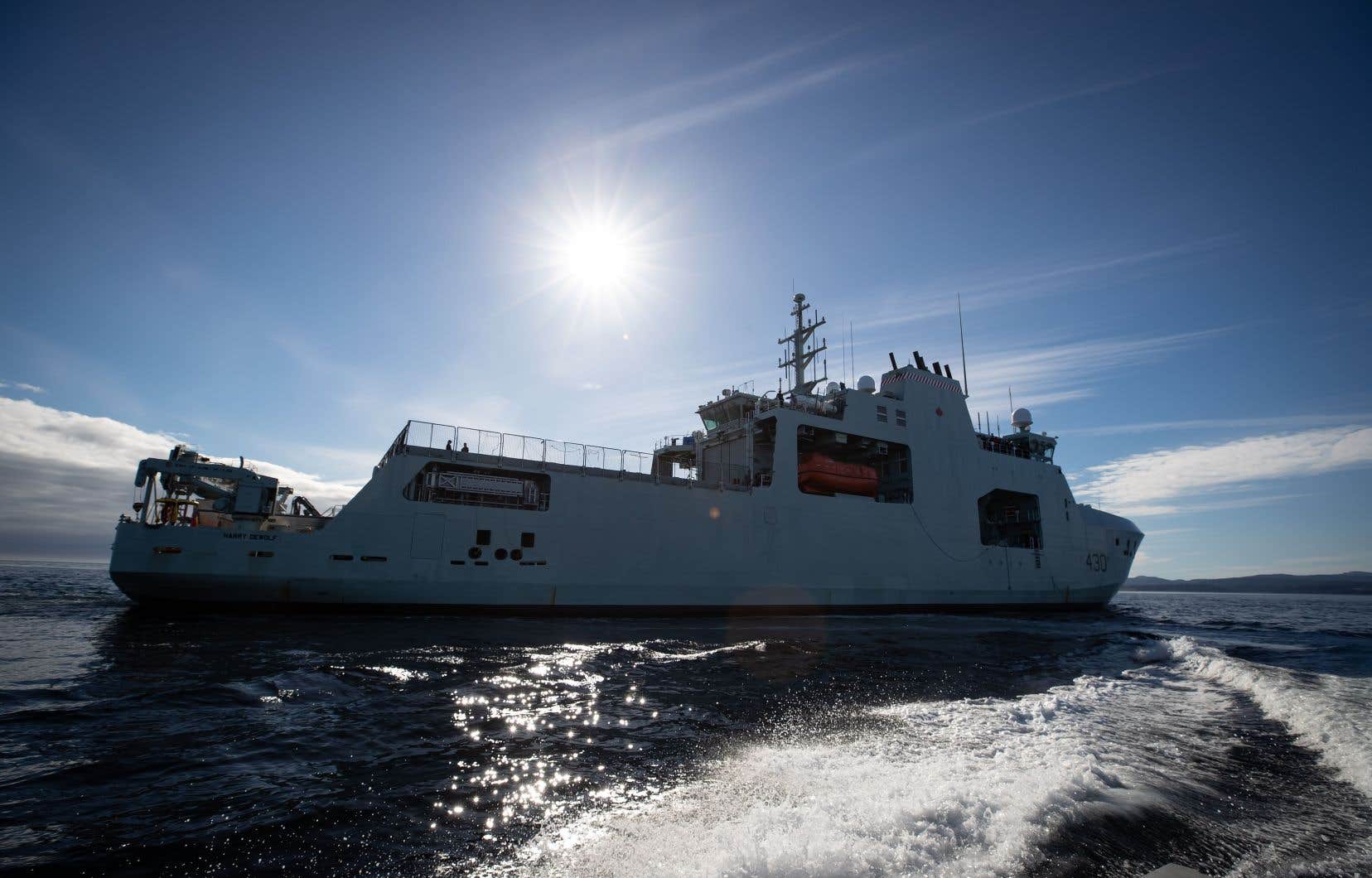More and more ships are crossing the Northwest Passage in the Arctic Ocean. Global warming has opened a corridor for ships by melting the ice.
“It’s happening at a crazy pace,” says Bernard Funston, former president of the Canadian Polar Commission.
According to data from an Arctic Council working group, the number of ships crossing the Canadian Arctic increased by 35% from 2016 to 2022, reaching 212.
Researchers say the Northwest Passage may never be able to compete with other trade routes like the Panama Canal because of an unstable shipping season, lack of ports and continued dangerous conditions.
However, the war in Ukraine and greater exploitation of the North’s resources prompted cargo ships, ocean liners and adventurers to sail this route once mapped by Norwegian explorer Roald Amundsen around 120 years ago.
“The navigation season is getting longer and the boats are getting bigger and bigger,” notes Hjalti Hreinsson, a manager at the Arctic Council. Cruise ships are among the largest vessels to use this route.
Growing pollution
However, this increase in maritime traffic is not without its drawbacks. More ships mean more underwater noise and more pollution. Such a situation can affect the communities and environment living in the area.
“Biodiversity in this region is directly threatened, not only by the passage of very large boats, but also by proposed seismic testing and other activities,” said Peter Ittinuar, the first Inuit MP in the House of Commons in 2017. .
In Pond Inlet, residents would go narwhal hunting for a day or two. “Today, they have to wait five or six days before they even see a narwhal,” says Michael Wenger, CEO of Polar Journal AG. Belugas and bowhead whales flee the sound of engines while seals retreat along with the ice floes.
The fears of local hunters and shipowners may coincide. If a boat breaks down or suffers an accident, small coastal villages are not equipped to accommodate an army of rescuers or to serve as a base for a clean-up operation.
Some parts of the passage are still too narrow to allow navigation of very large cargo ships. There is no port where these ships could drop off their goods, as they usually do at each of their stops.
“There is a complete lack of infrastructure. It is risky for a company to venture there. It’s not safe […], underlines Jackie Dawson, of the Canada Research Chair in the human and political dimensions of climate change. There is a problem of unpredictability. And if an accident occurs, no immediate help is available. »
However, the data speaks for itself. “Even the number of pleasure boats is increasing rapidly,” says M.me Dawson. People are excited about crossing the Northwest Passage. In my community, several scientists who would have wanted to work in Russia now want to work here. There will be more scientific boats. »
It’s already the case. There were 13 research vessels in Canadian Arctic waters last year. There were four in 2016, according to the Arctic Council group.
